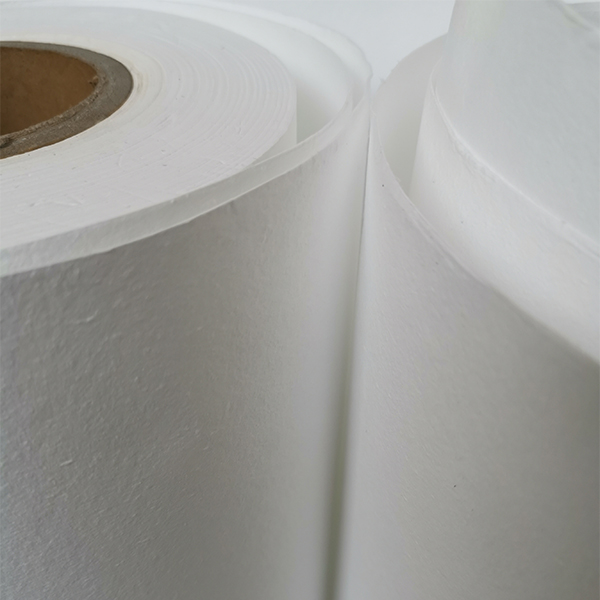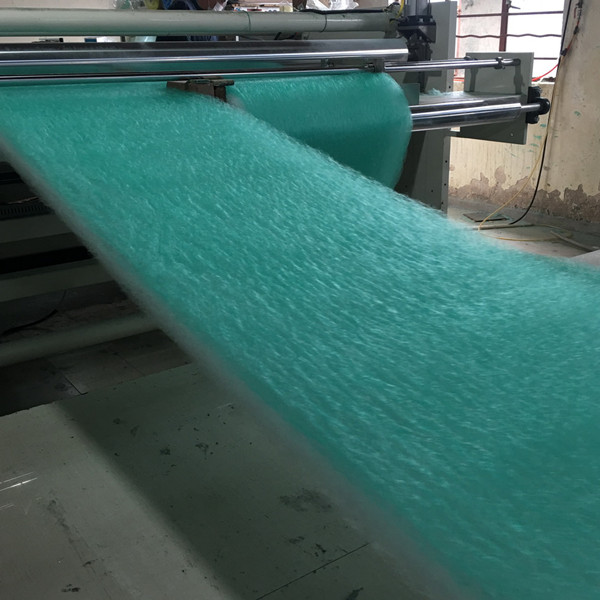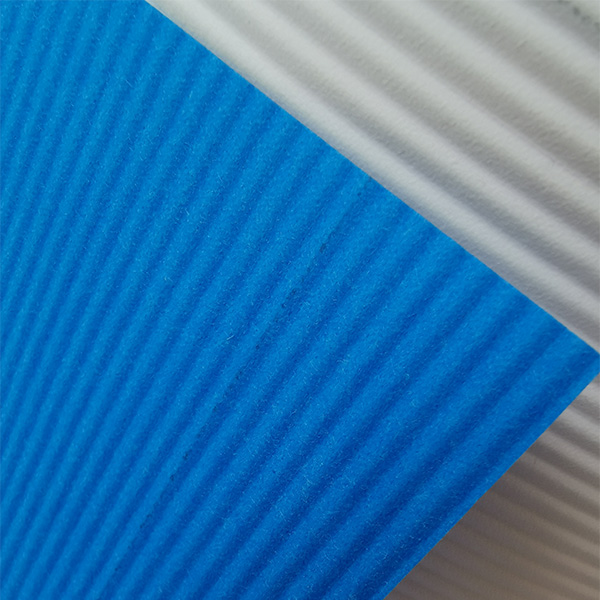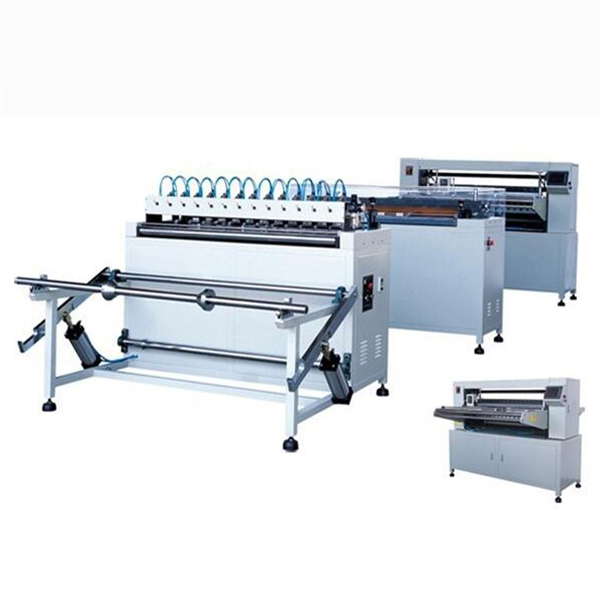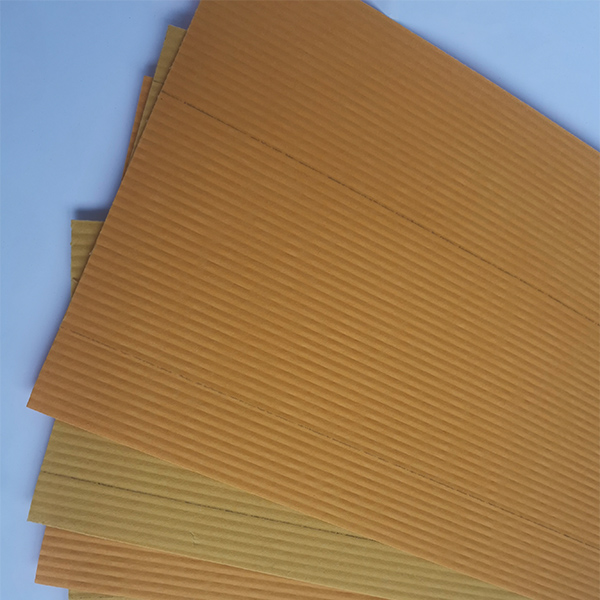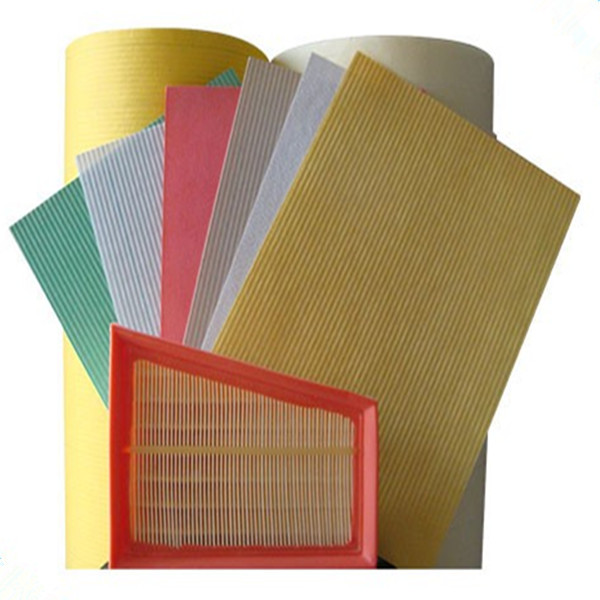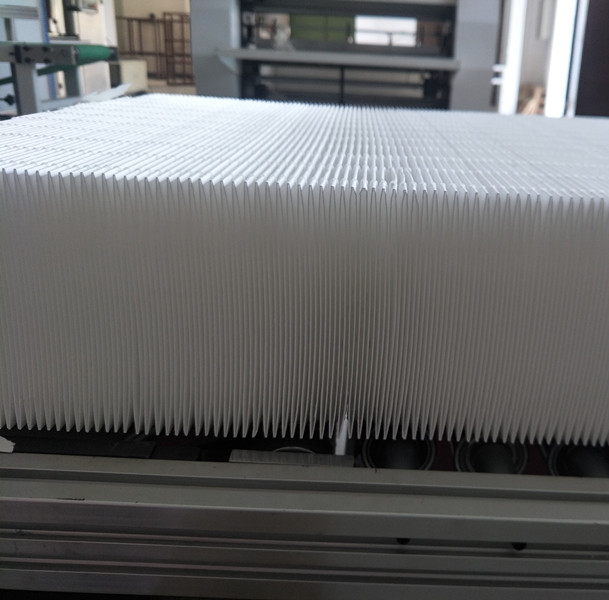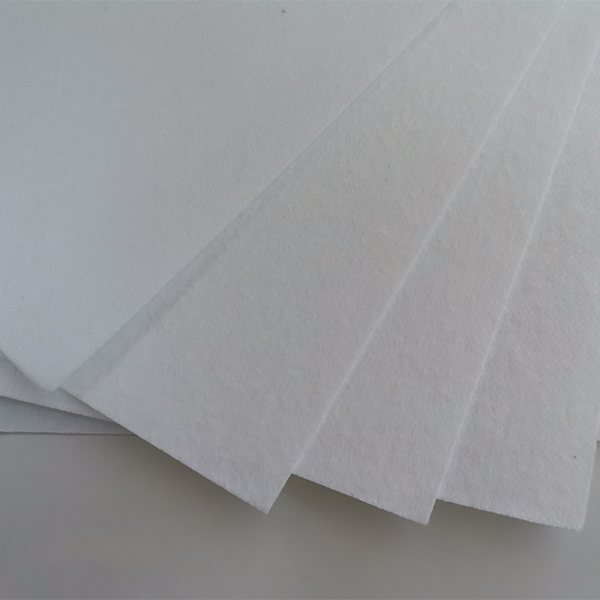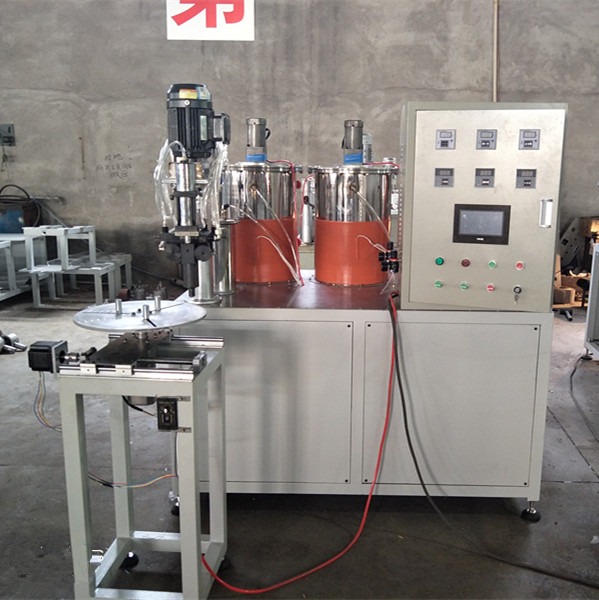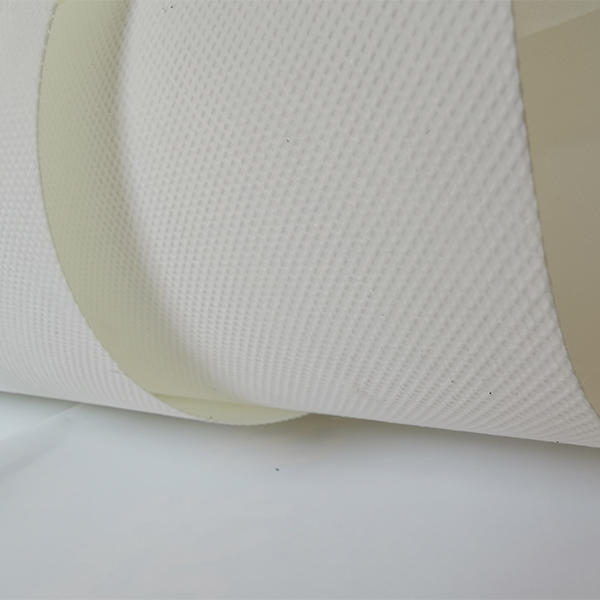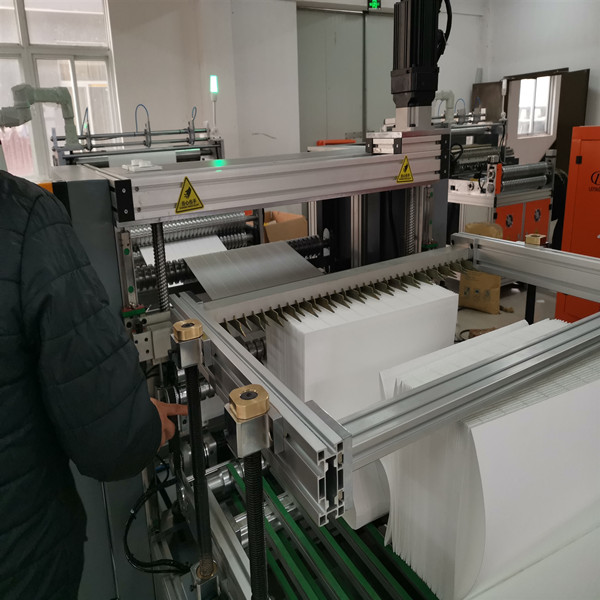A World Connected by Wire Mesh Filters: Why They Matter More Than Ever
When you think of solving real-world problems—from purifying drinking water in remote villages to refining industrial fluids—wire mesh filters often quietly do the heavy lifting. These seemingly simple woven or welded metal fabrics are global workhorses, enabling clean, efficient operations that touch everything from healthcare to manufacturing. Understanding wire mesh filters isn't just a niche technical topic; it’s appreciating a technology that helps millions access safer, cleaner environments daily. Let’s take a deep dive into why wire mesh filters deserve more than a footnote in the story of global progress.
Why Wire Mesh Filters Are a Global Game-Changer
Across continents, industries face the relentless challenge of separating contaminants from liquids or gases. The World Bank estimates that untreated water causes over 800,000 deaths annually, showing how vital filtration is to public health. Meanwhile, ISO standards highlight how filtration impacts product quality in sectors from aerospace to food processing. Wire mesh filters, with their durable metal weave, address these issues head-on by providing affordable, reusable, and scalable filtration solutions worldwide.
But here’s the kicker: many of the hardest-hit places, such as parts of Sub-Saharan Africa or Southeast Asia, rely heavily on low-tech yet effective solutions like wire mesh filters to keep water safe and processes efficient. It might not make headlines, but wire mesh filtering is quietly closing gaps in clean water, industrial safety, and environmental sustainability.
What Exactly Are Wire Mesh Filters?
Simply put, wire mesh filters are finely woven or perforated metallic fabrics designed to separate particles from liquids or gases. Think of them as ultra-precise sieves made from materials such as stainless steel, brass, or galvanized steel. They come in various weave types, pore sizes, and thicknesses to suit specific filtration needs. Whether it’s stopping tiny sand grains in a water pump or filtering out contaminants in a chemical process, these metal meshes offer unmatched strength and longevity compared to cloth or paper alternatives.
Beyond basic filtering, wire mesh filters are also pivotal for industries aiming for sustainability—think reusable filters reducing waste or heat-resistant metals filtering hot gases in turbines. Pretty versatile for something so “meshy,” right?
Mini Takeaway:
Wire mesh filters are more than just metal cloth—they’re durable, reusable, and adaptable filtration tools pivotal in health, industry, and sustainability worldwide.
Core Components & Design Features Driving Wire Mesh Filter Performance
1. Durability and Material Quality
The backbone of any wire mesh filter lies in its material—from corrosion-resistant stainless steel grades (304, 316) to specialty alloys enhancing strength under harsh conditions. Durability means filters last longer, endure repeated cleaning cycles, and retain their shape under pressure. Engineers often say the right material choice is half the battle won.
2. Pore Size and Weave Patterns
These determine what can pass through and what gets trapped. From coarse meshes for sediment filtering to ultra-fine weaves catching microscopic particles, the design is literally a balancing act between flow rate and filtration efficiency.
3. Scalability & Customization
Whether you need a tiny filter cartridge for medical applications or massive panels to purify industrial runoff, wire mesh filters can be tailor-made. Their modularity means they can be layered, shaped, or reinforced to match diverse demands.
4. Maintenance & Cost Efficiency
Many filters boast ease of cleaning using backflushing or ultrasonic techniques, significantly reducing replacement costs. This longer service life makes them attractive economically for budget-conscious industries and aid organizations.
| Specification | Typical Range | Notes |
|---|---|---|
| Material | Stainless Steel (304, 316), Brass, Galvanized Steel | Chosen by environment and corrosion resistance |
| Mesh Type | Plain, Twill, Dutch Weave | Influences filtration precision and flow |
| Pore Size | 5 microns to several millimeters | Determines particle capture size |
| Thickness | 0.1 to 3 mm | Impacts strength and durability |
| Operating Temperature | Up to 900°C (in special alloys) | Critical for industrial gas filtration applications |
Mini Takeaway:
Material, weave, pore size, and maintenance ease form the core of wire mesh filter performance and lifespan.
Global Use Cases: Where Wire Mesh Filters Make Their Mark
Wire mesh filters have spread wide and far. In post-disaster relief operations, rugged wire mesh filters enable the rapid provision of clean water by local NGOs, mitigating disease. Remote industrial zones in Canada and Australia rely on them to filter mining slurry and maintain equipment. Food and beverage factories in Europe count on precision wire mesh filters to ensure purity and compliance with hygiene standards.
In urban wastewater treatment facilities across China, layered wire mesh screens help in primary filtration steps, preventing costly mechanical breakdowns downstream. Even NASA experiments at times have used specialized wire meshes for gas flow calibration. It’s frankly a joyful mix of humble and high-tech, all in one.
Advantages & Long-Term Value of Wire Mesh Filters
- Cost-effectiveness: By lasting for years and being cleanable, they reduce downtime and replacement purchases.
- Sustainability: Reusable metal filters cut down on single-use plastics and paper waste.
- Reliability: High temperature and corrosion resistance ensures minimal failures in critical processes.
- Social Impact: Providing clean water and safe industrial environments enhances dignity and health globally.
- Innovation: Constant material and design improvements push filtration boundaries.
Mini Takeaway:
Wire mesh filters aren’t just technical tools – their benefits ripple into cost savings, sustainability, health, and innovation.
What’s Next? Future Trends in Wire Mesh Filter Technology
Looking ahead, expect to see integration with digital sensors for real-time clog detection and predictive maintenance—a game-changer for industrial clients. Material science advances promise even lighter, stronger alloys or coatings minimizing biofouling or chemical attack. Green energy pushes demand for high-temp filtration in biomass or hydrogen fuel systems—wire mesh filters fit right into this clean-tech puzzle.
Automation and 3D weaving techniques are on the horizon, allowing bespoke filters developed in hours, not weeks. It feels like we’re barely scratching the surface of what wire mesh filters will mean for sustainability and efficiency in coming decades.
Common Challenges & How Industry is Responding
Of course, no solution is perfect. Issues with clogging, metal fatigue, or initial fabrication costs sometimes slow adoption. Yet modern ultrasonic cleaning systems mitigate clogging. Advances in alloy treatments combat corrosion better than ever. For cost, modular designs allow phased upgrades to suit budgets.
Experienced engineers often highlight that matching the filter design precisely to the application is where real gains happen—customization, not generic off-the-shelf. I suppose that’s a broader industry lesson too, right?
Wire Mesh Filters FAQ
Q: How do I choose the right wire mesh filter for water purification?
Focus on pore size first; typically, 20-50 microns work for common sediments, but finer meshes catch bacteria. Material matters too—stainless steel resists corrosion in humid or chlorinated water sources. Finally, consider maintenance: ease of cleaning and compatibility with existing systems. For more guidance, check out wire mesh filters resources.
Q: Are wire mesh filters reusable, and how can they be cleaned?
Yes, reusability is a major benefit. Cleaning methods include backflushing with water or air, ultrasonic baths, and mild chemical soaking if necessary. Proper cleaning can extend service life for years, lowering total cost of ownership significantly.
Q: Can wire mesh filters withstand high temperature industrial processes?
Absolutely. Stainless steel and specialized alloys operate reliably at temperatures up to 900°C or more, suitable for gas turbines, exhaust filtration, and chemical reactors. Always confirm specs before deployment.
Q: What industries benefit most from wire mesh filtration?
The big sectors include water treatment, food and beverage, pharmaceuticals, oil and gas, mining, and environmental management. Even aerospace and electronics sometimes rely on very fine wire mesh filtering for specialized tasks.
Comparing Top Vendors of Wire Mesh Filters
| Vendor | Material Variety | Customization Options | Typical Industries Served | Lead Time |
|---|---|---|---|---|
| MetalTex Filters | Stainless Steel, Brass | Full custom pore sizes and shapes | Water treatment, food & beverage | 2-4 weeks |
| PureMesh Solutions | Stainless Steel 304/316 | Standard sizes with limited custom cuts | Mining, pharmaceuticals | 1-3 weeks |
| EnviroMesh Tech | Specialty Alloys, Stainless Steel | Highly customizable with expert consults | Environmental, aerospace, energy | 3-5 weeks |
Wrapping It Up: The Unassuming Hero of Filtration
Wire mesh filters might not be the flashiest tech on the block, but their quiet reliability and flexibility make them indispensable on a global scale. From ensuring clean water in dusty villages to safeguarding complex industrial processes, they deliver consistent value—both tangible and ethical. If there’s one takeaway, it’s this: investing in high-quality wire mesh filters is investing in a safer, cleaner, and more sustainable future. Curious to explore products tailored for your needs? Visit us at https://www.anyafiltermedia.com — your go-to resource for wire mesh filtration solutions.
References & Further Reading
Post time: Nov-20-2025


